In the modern kitchen, the refrigerator stands as a silent guardian of our food’s freshness and safety. Yet, without proper organization, this essential appliance can quickly become a breeding ground for cross-contamination. One of the most critical principles of fridge organization is separating raw and cooked foods to prevent the spread of harmful bacteria. This practice not only safeguards health but also extends the shelf life of your groceries. Understanding how to layer your fridge effectively can transform it from a cluttered hazard into a well-oiled machine of efficiency and safety.
The science behind separating raw and cooked foods is rooted in basic food safety principles. Raw meats, poultry, and seafood often harbor pathogens like Salmonella, E. coli, and Listeria. When these items come into contact with ready-to-eat foods—whether through dripping juices or improper storage—the risk of foodborne illness skyrockets. By keeping raw and cooked foods on different shelves, you create a physical barrier that minimizes this risk. The goal isn’t just to avoid obvious spills; even microscopic traces of bacteria can multiply rapidly under the right conditions, turning a seemingly harmless oversight into a serious health concern.
Most refrigerators are designed with multiple shelves and compartments, but their effectiveness depends entirely on how they’re used. The upper shelves, which maintain the most consistent temperatures, are ideal for storing cooked foods, leftovers, and dairy products. These items are less likely to drip and are often consumed without further cooking, making their placement away from raw ingredients crucial. The lower shelves, meanwhile, should house raw meats, poultry, and fish. Their colder temperatures help slow bacterial growth, and any accidental leaks are contained below, rather than dripping onto other foods. This simple yet strategic arrangement leverages the fridge’s natural temperature zones to maximize safety.
Drawers and door compartments add another layer of complexity to fridge organization. Crisper drawers, typically located at the bottom, are perfect for fruits and vegetables, which are less likely to carry harmful bacteria but still require proper storage to maintain freshness. The door, the warmest part of the fridge, is best suited for condiments, juices, and other items with high acid or sugar content that resist spoilage. Raw foods should never be stored here, as fluctuating temperatures can accelerate bacterial growth. By assigning specific zones for different food types, you create a system that minimizes cross-contamination while optimizing freshness.
Containers and packaging play a pivotal role in maintaining the separation between raw and cooked foods. Raw meats should always be stored in leak-proof containers or tightly sealed plastic bags to prevent juices from escaping. If using store packaging, consider placing the meat on a tray or inside a secondary container to catch any potential leaks. Cooked foods, on the other hand, should be covered with airtight lids or wrapped securely to avoid exposure to airborne contaminants. Glass or BPA-free plastic containers are excellent choices, as they’re easy to clean and provide a clear view of contents. Labeling containers with dates ensures that older items are used first, reducing waste and the risk of consuming spoiled food.
Beyond the physical separation of foods, maintaining a clean fridge is equally important. Spills, especially from raw meats, should be wiped up immediately with hot, soapy water to eliminate bacteria. A monthly deep clean—removing all items, washing shelves and drawers, and checking expiration dates—keeps the environment sanitary. Some homeowners opt for baking soda or vinegar solutions to neutralize odors without introducing harsh chemicals. A clean fridge not only prevents cross-contamination but also makes it easier to spot when something has gone bad, allowing for timely disposal.
The benefits of proper fridge organization extend beyond food safety. A well-arranged refrigerator saves time during meal prep, reduces food waste, and even cuts down on energy consumption. When air circulates freely, the fridge doesn’t have to work as hard to maintain its temperature. Additionally, knowing exactly where everything is located prevents the all-too-common scenario of forgotten leftovers rotting in the back. By adopting the habit of separating raw and cooked foods, you invest in a healthier, more efficient kitchen that serves your household’s needs seamlessly.
Educating everyone in the household about these principles ensures consistency. Children and other family members should understand why certain foods go on specific shelves and how to store new groceries properly. Visual aids, like laminated guides stuck to the fridge door, can serve as helpful reminders. Over time, these practices become second nature, transforming fridge organization from a chore into an effortless routine. The peace of mind that comes with knowing your food is stored safely is well worth the initial effort.
In restaurants and commercial kitchens, health codes enforce strict separation of raw and cooked foods, and for good reason. These establishments handle large volumes of food, making the risk of contamination even higher. Home kitchens may not face the same scale, but the principles remain just as relevant. Whether you’re storing a week’s worth of groceries or just a few ingredients for tonight’s dinner, mindful fridge organization can make all the difference. It’s a small step with significant impacts, protecting your family’s health while streamlining your daily cooking routine.
Ultimately, the way we organize our refrigerators reflects our broader approach to food safety and household management. A fridge that prioritizes the separation of raw and cooked foods is a testament to a mindful, health-conscious lifestyle. It’s not just about avoiding illness—it’s about creating a kitchen environment that fosters efficiency, reduces waste, and supports the well-being of everyone who eats from it. With a little planning and consistency, this practice can become an effortless part of your routine, ensuring that every meal prepared is as safe as it is delicious.

By /Aug 11, 2025
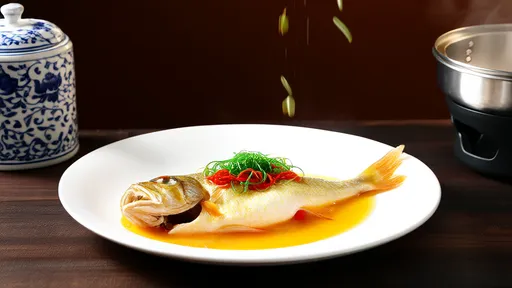
By /Aug 11, 2025

By /Aug 11, 2025
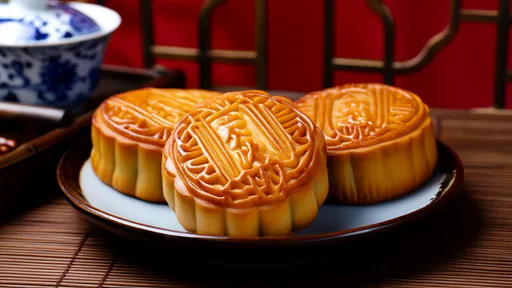
By /Aug 11, 2025
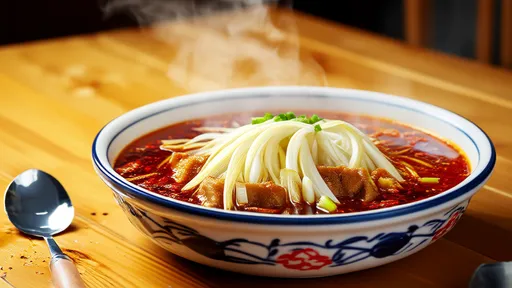
By /Aug 11, 2025

By /Aug 11, 2025

By /Aug 11, 2025

By /Aug 11, 2025

By /Aug 11, 2025

By /Aug 11, 2025
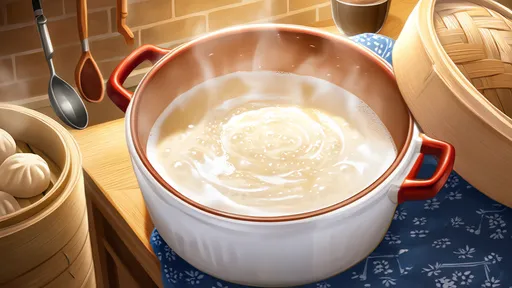
By /Aug 11, 2025
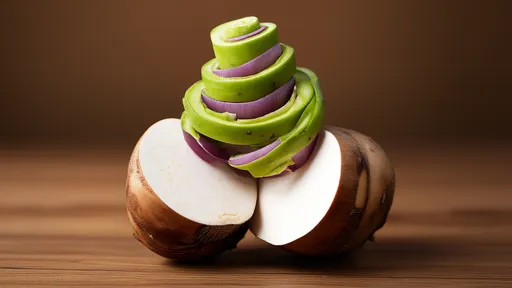
By /Aug 11, 2025
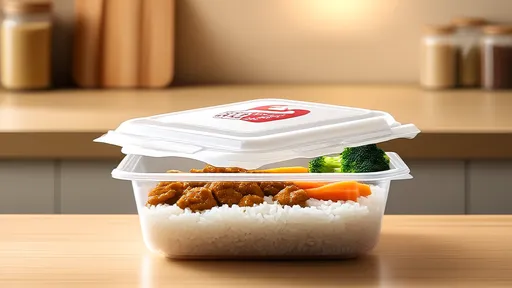
By /Aug 11, 2025

By /Aug 11, 2025

By /Aug 11, 2025
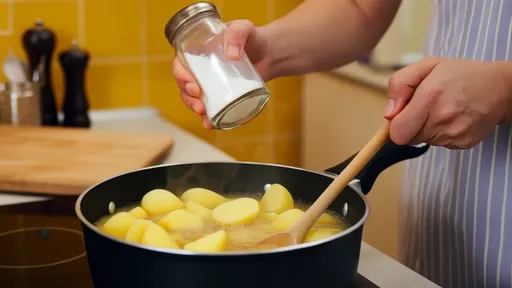
By /Aug 11, 2025
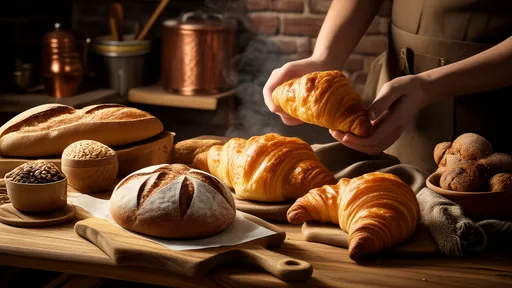
By /Aug 11, 2025
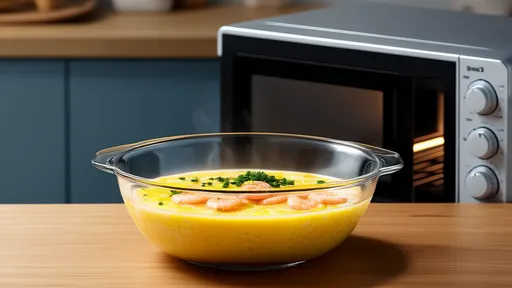
By /Aug 11, 2025
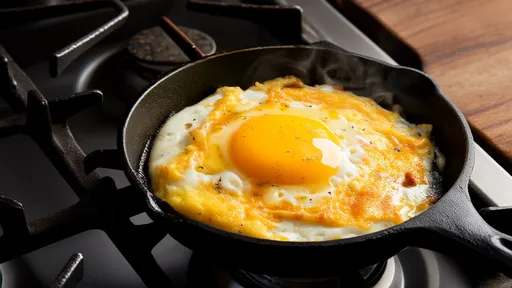
By /Aug 11, 2025
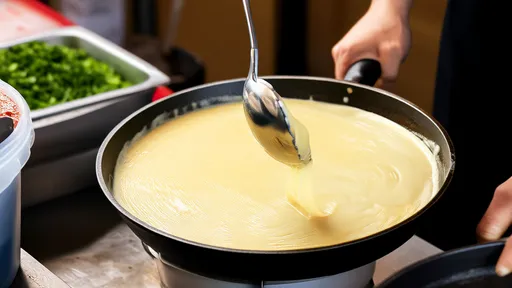
By /Aug 11, 2025